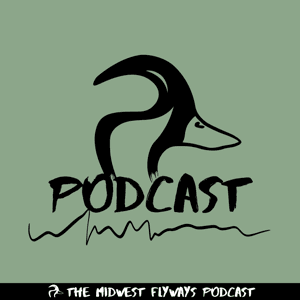Most are aware of Nimrod, the mighty huntress of the Bible, and the
mythological Diana, the Roman goddess of the hunt, but it took centuries after
the discovery of the New World for the nom de guerre “Diana” or “Fair
Nimrod” to get any recognition. Throughout history prominent women have stood
alongside male hunters, equipped with bows or firearms. Elizabeth I of England
was a keen hunter in the 1500’s, as were the ladies of Louis XIV’s court, Queen
Anne of Denmark in the 1600’s, and George Washington’s wife, Martha, in the
There was a time long ago when it was thought undignified for ladies to hunt. It was regarded as a
queer happening, something out of the ordinary, an astonishment for a fair
nimrod to leave her home to hunt in the duck marshes, to shoot from a blind or
go in for the shooting sport in any manner with her corset, a long skirt that
would sweep up dirt and debris, with layers of petticoats underneath. Seen with
a gun a-field or a-stream, a lady’s reputation would have been ruined. Afterall,
hunting, in the popular mind, was the most male identified cultural pursuit,
and the fair Dianas were considered threatening to the manliness of the sport.
But times changed, for there were ladies who defied what society thought
about how women were to behave and what they could accomplish. So, after the
1860s, however, with the invention of bloomers, women took to the outdoor life
eagerly. The Forest and Stream said in 1894: “There is no good reason why there
should not be as many sportswomen as there are sportsmen.” Field and Stream
stated in 1896: “The day is not far off when the blouse and skirt will be
frequent features of our glorious landscape and its exhilarating wildlife.”
However, one who donned trousers early on and one of the most prolific fair
nimrods, market hunter, and goose herder ever was “Miss Mollie,” or Mary
Elizabeth Morgan, of Maxwell, Colusa County, California. She was 12 years old, in
1888, when she became a goose herder. Her father had for many years hired four
herders to scare off the geese from his crops. He paid them $30.00 a month for
their services and supplied them with old army muzzleloading muskets and
ammunition. All he required of them was to scare the geese from his crops, as
they rarely ever killed one. When reaching age 12, her father paid her $20.00
per month to shoot with a shotgun and herd geese, and he allowed her to market
Over several years, she found it difficult to sneak upon the geese to
get a good shot with a shotgun, so she switched to a Winchester rifle when
Colusa County offered a bounty of two cent for each goose head. With the season
beginning in November and lasting for three and one-half months, she shot every
day. 1892, at age 16, was her biggest year, recording a kill of 9,855 geese and
making just less than $200 bounty money from the county. Her biggest kill with
her rifle without reloading was 66 geese. “I crept up through a swale or
waterway onto acres of geese and emptied my entire 16 shots into the flock
before they got out of range. You know sometimes one shot went through half a
dozen of them. That is the largest work I ever did without reloading. When
there is a small flock, I do some fancy shooting by shooting their heads off. I
can do that 49 out of 50 times at the range of 100 yards. I have seen over
5,000 acres covered with them and estimating 1,000 birds to the acre there
would be five million, and I am putting it low, because I don’t want to be
accused of exaggeration.” One newspaper said, “She is death on geese.”However, one who donned trousers early on and one of the most prolific fair
nimrods, market hunter, and goose herder ever was “Miss Mollie,” or Mary
Elizabeth Morgan, of Maxwell, Colusa County, California. She was 12 years old, in
1888, when she became a goose herder. Her father had for many years hired four
herders to scare off the geese from his crops.




































